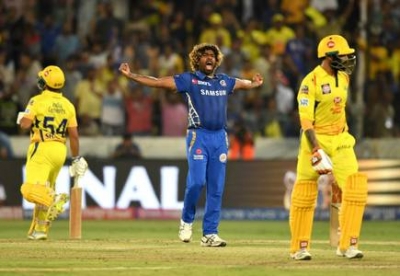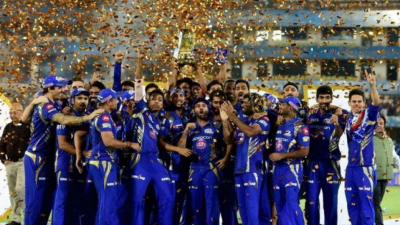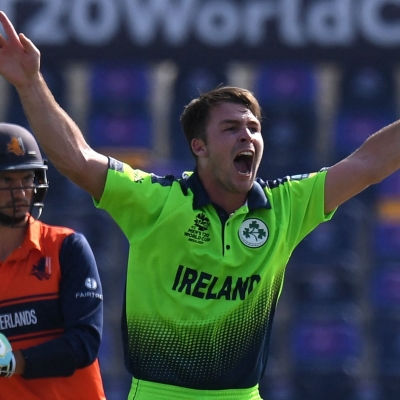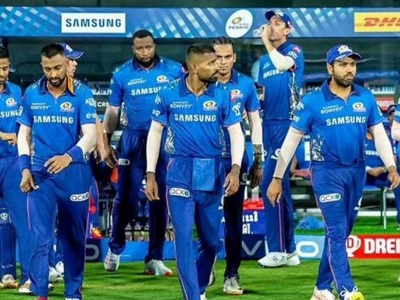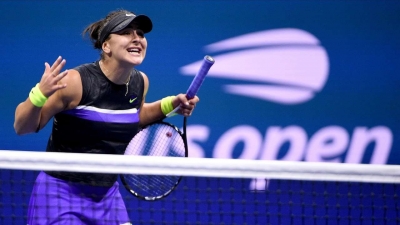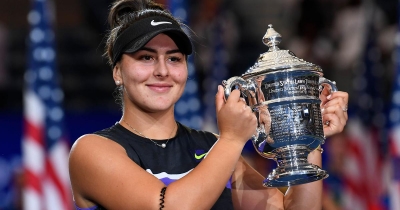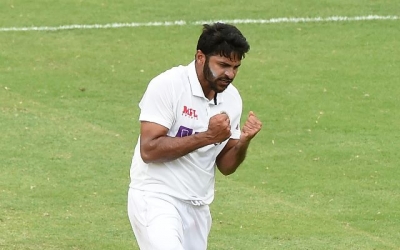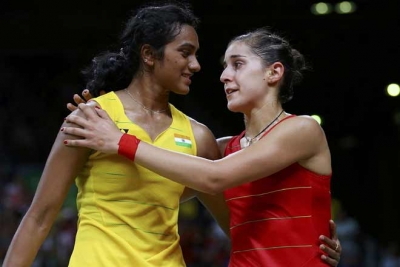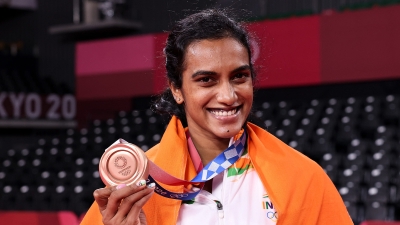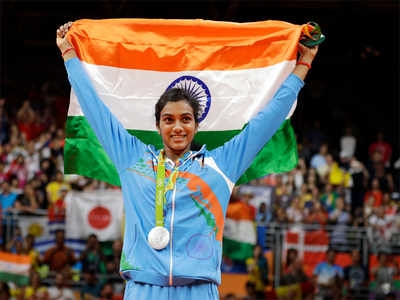
This magazine has been blessed in recent times thanks to the number of teenagers who have been hogging the limelight in various spheres of activities around the world; it always gives us an opportunity to write about them and also serves as an inspiration for the readers of this youth magazine. The latest teenage sensation has been Emma Raducanu; winner of the U.S. Open and even more sensational was her victory in straight sets in the women's final of the tournament.
If coming events cast their shadows before then Emma's U.S. Open win should not surprise ardent tennis followers. After all, at Wimbledon, the Grand Slami event preceding the U.S. Open during the calendar year, Emma was a wildcard entry as a consequence of being Britain's number one ranked player and she managed to reach the fourth round at Wimbledon. The U.S. Open was even more surprising as she came through the qualifying rounds to wrest the title, beating Leylah Fernandez 6-3, 6-4.
Emma's rise as a player has been awe-striking. She entered the WTA Tour only in June this year and had a ranking somewhere in the 300s. Due to her exceptional performances in a short period of just three months, she has climbed to the 22d rank. In the Open era of tennis, she is the only person ever to enter as a qualifier and lift a Grand Slam trophy.
Emma Raducanu is a good example of international integration. She was born in Canada on 13 November 2002. Her father has a Romanian ancestry while her mother is Chinese. Emma was just two years old when her family moved to Britain, so she is now a British citizen but holds dual citizenship of Canada, as well. As a consequence of her ancestry, she is fluent in Romanian, Chinese and English; surely a rare combination in every sense of the word.
Emma took to tennis from the age of five years and all her upbringing was in London but one would scarce believe that many of her younger day success came on Indian soil. She participated with considerable success in various girls' tournaments in Chandigarh, New Delhi, Pune and Solapur. Emma turned professional in 2018. However, as with many sports personalities, Emma's career too was punctuated by the Covid-19 year of 2020. However, she kept herself up in competitive tennis by participating in a few exhibition matches and some minor tennis tournaments.
Although the year 2021 began with some disappointment for Emma due to her first-round loss at the Nottingham Open to compatriot, Harriet Dart, at Wimbledon, she became the youngest-ever British tennis player to reach the third round of the tournament. Subsequently, she broke into the top 200 rank in women's tennis when she beat Sorana Cristea to enter the fourth round at Wimbledon and in the process become the youngest-ever British woman in the Open Era to reach the fourth round. An entry into the final of the WTA 125 final at Chicago assured Emma a place among the top 150 women players and then her breaking into the top 25 rank after her victory at the U.S. Open is now a well-known history.
There have been some noteworthy things that happened in Emma's march to the U.S. Open title and perhaps the most significant among them is the fact that she did not drop a single set in her crusade. Twenty two years after Serena Williams and Martina Hingis clashed in the finals, the U.S. Open 2021 finals featured the first all-teenager clash between Emma and Leylah Fernandez.
Basically a baseline player, Emma has an ideal height of 175 cm which is good enough to help her have a strong first serve. Even her second serves are as good as the first serve of several women players but her real strength lies in her down the-line shots, especially the ones that come from her two-handed backhand. Like all top players, she has a good and fast court coverage and her sliced forehands are good enough to change the pace of the game to her liking.
Although Emma prefers to play on hard courts, there is very little doubt that with her type of grasp over the basics of the game, the day isn't far, as she gains in physical strength, when she will be a hard nut to crack for the others who as of now are more versatile on the grass and clay courts. The tennis world has just about seen the rise of a new tennis star.
Credit : Gp Capt Achchyut Kumar (The Teenager Today)
Picture Credit : Google
